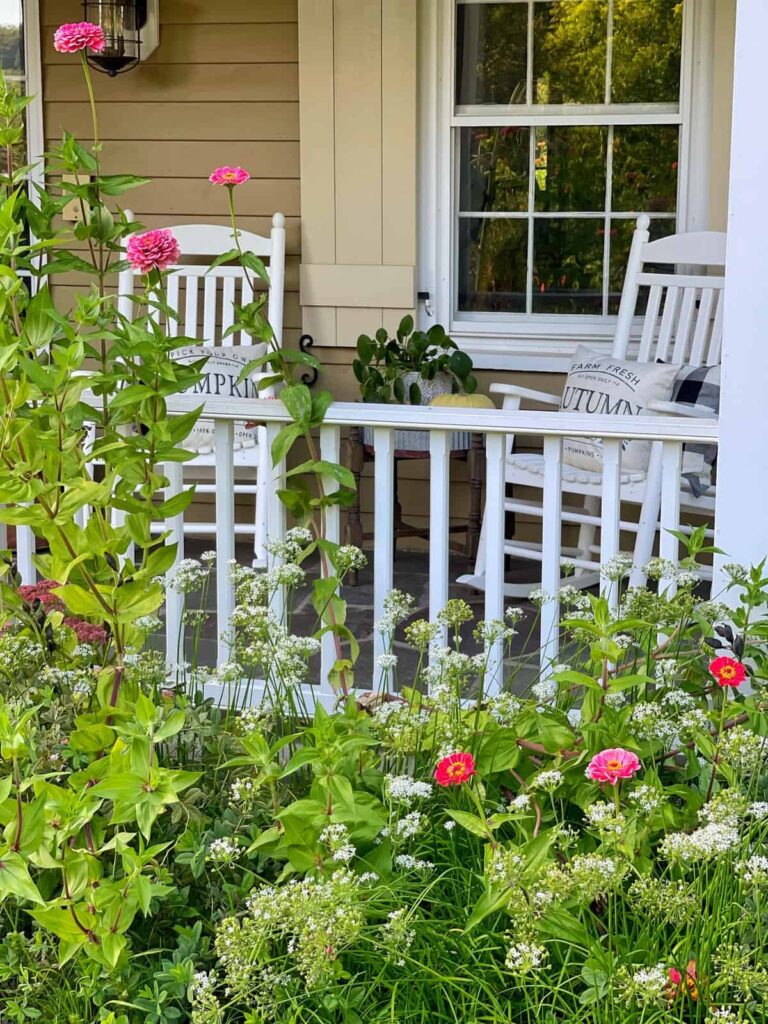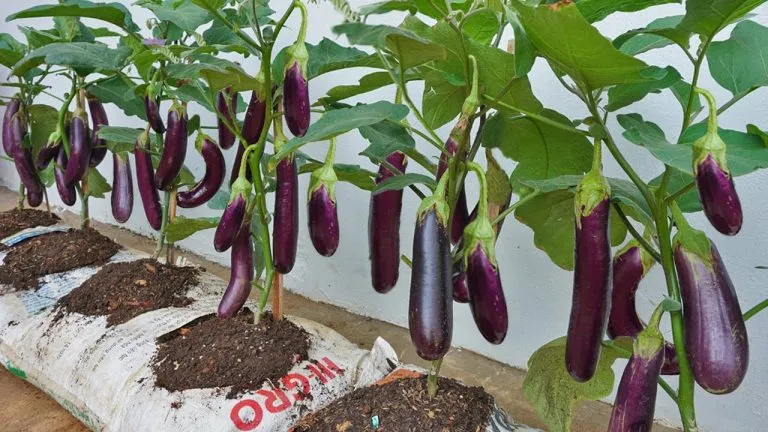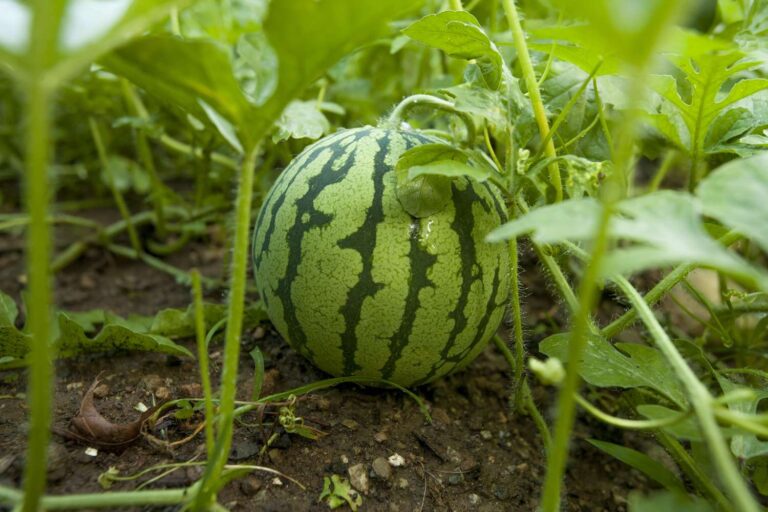Step-by-Step Guide to Growing Cosmos Flowers from Seeds
Cosmos flowers are a beautiful and versatile addition to any garden. They are easy to grow, attract pollinators, and come in a variety of stunning colors. Here's a detailed guide on how to grow cosmos flowers from seeds, ensuring a vibrant and colorful display in your garden.
Understanding Cosmos Flowers
Variety and Colors:
Cosmos flowers are available in a wide range of colors including pink, white, orange, and red. They are known for their daisy-like flowers and feathery foliage, which add a delicate and airy touch to gardens.
Benefits:
Cosmos are loved for their long blooming period, attracting pollinators like bees and butterflies, and their ability to thrive in poor soil conditions. They are also drought-tolerant once established, making them a low-maintenance choice for gardeners.
Step-by-Step Guide to Growing Cosmos from Seeds
1. Purchasing Seeds
Buy Seeds:
Purchase cosmos seeds from a local gardening store or online. The seed packet typically includes information on growing times and conditions suitable for your region. Look for varieties like Cosmos bipinnatus and Cosmos sulphureus for different colors and growth habits.
2. Preparing the Propagator Tray

Fill the Tray:
Fill a propagator tray with compost. A propagator tray is a shallow plastic tray with a transparent lid, ideal for germinating seeds as it keeps them moist and warm. Fill the tray to within about a centimeter of the rim.
Watering:
Press the compost down to remove any air pockets and give the compost a good watering. This helps in creating a solid base for the seeds.
3. Planting the Seeds
Place Seeds:
Place the cosmos seeds on top of the compost. Since the seeds are relatively large, they can be placed individually. Space the seeds about 1-2 inches apart to give them room to grow.
Covering Seeds:
Cover the seeds with a thin layer of compost and press down gently to remove any air pockets. Label the tray to identify the seeds, which will help later when transplanting.
4. Germination
Optimal Conditions:
Place the propagator tray in a warm, bright place with a temperature of around 20°C (68°F), but avoid direct sunlight. The warmth will aid in the germination process.
Germination Period:
The seeds will begin to germinate within 14 to 21 days. Keep the compost moist during this period, but not waterlogged.
5. Transplanting to Pots
Transplanting:
When the seedlings have at least two sets of leaves, it’s time to transplant them into pots. Fill a pot with compost and water it thoroughly.
Planting:
Make a hole in the center of the compost using your thumb or a stick. Water the seedlings before transplanting to minimize transplant shock. Hold the seedling by its leaf (not the stem) and gently remove as much root as possible. Place the root in the hole in the compost and press gently into position.

6. Planting Outside
Hardening Off:
When the risk of frost has passed, start hardening off the plants by leaving them outside during the day and bringing them inside at night for about a week. This process helps the plants acclimate to outdoor conditions.
Preparing the Soil:
Dig your soil, removing any weeds and large stones. Use a trowel to dig holes in the soil, spaced at least 12 inches apart. This spacing ensures that the plants have enough room to grow and receive adequate air circulation.
Transplanting:
Carefully remove the plants from their pots and place the roots in the holes in the soil. Press the soil around the roots and firm them into position. Water the plants well to help them establish in their new location.
7. Ongoing Care
Watering and Maintenance:
Keep the plants well-watered and weed-free. Cosmos flowers need about 1 inch of water per week. Deadhead the flowers (remove spent blooms) to encourage continuous blooming throughout the summer. This practice also helps in keeping the plants tidy and encourages the production of more flowers.
Fertilizing:
While cosmos do not require heavy feeding, a light application of balanced fertilizer can promote healthy growth and abundant blooms. Avoid over-fertilizing as it can lead to more foliage and fewer flowers.
Pest and Disease Control:
Monitor the plants for common pests such as aphids, spider mites, and whiteflies. Use insecticidal soap or neem oil to control infestations. Prevent fungal diseases by ensuring good air circulation around the plants and avoiding overhead watering. If necessary, apply a fungicide according to the manufacturer’s instructions.
8. Attracting Pollinators
Pollinator Garden:
Cosmos flowers are excellent for attracting pollinators like bees, butterflies, and hummingbirds. Plant cosmos in groups to create a vibrant, pollinator-friendly garden. This not only enhances the beauty of your garden but also supports the local ecosystem.
9. Harvesting for Bouquets
Cutting Flowers:
Cosmos make beautiful cut flowers. Harvest them in the morning when the blooms are fully open but not over-mature. Cut the stems at an angle and place them in water immediately. Change the water every few days to prolong the vase life of the flowers. Regularly harvesting the flowers also encourages the plant to produce more blooms.
By following these detailed steps, you can successfully grow cosmos flowers from seeds, enjoying their vibrant colors and continuous blooms throughout the growing season. Happy gardening! 🌸🌿







